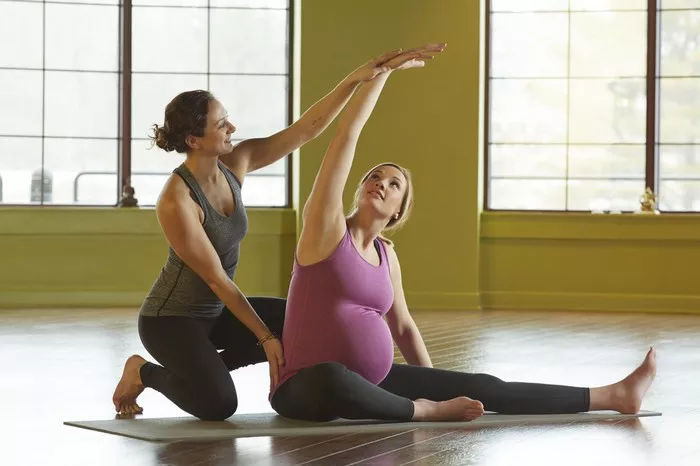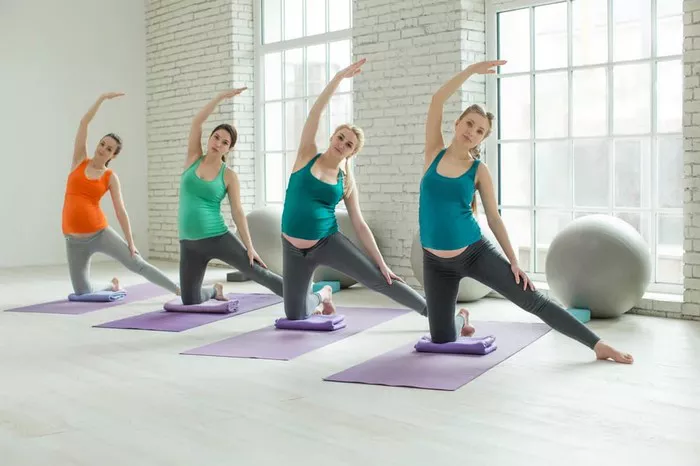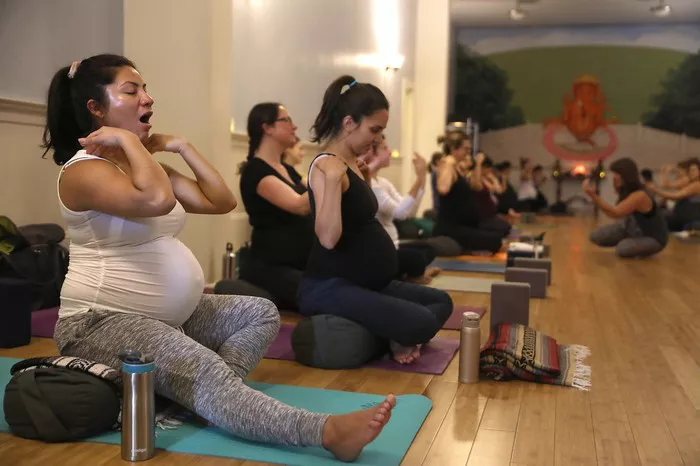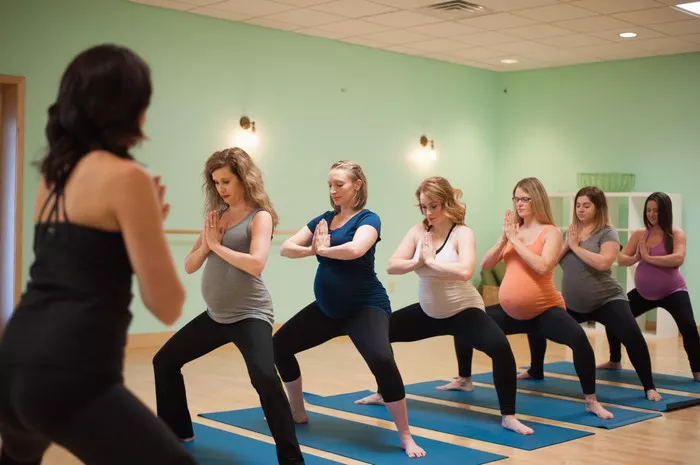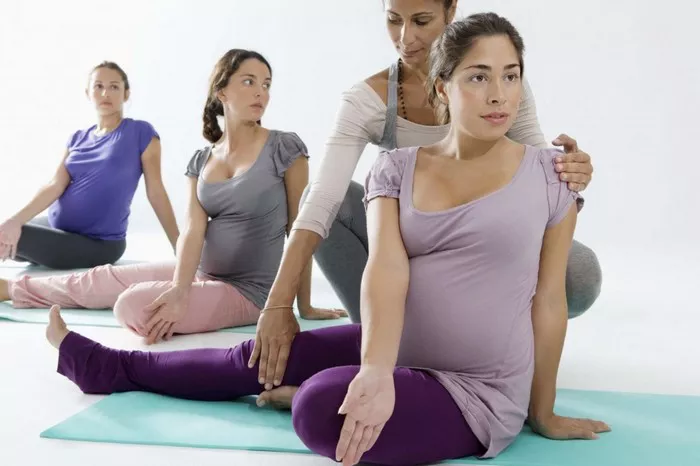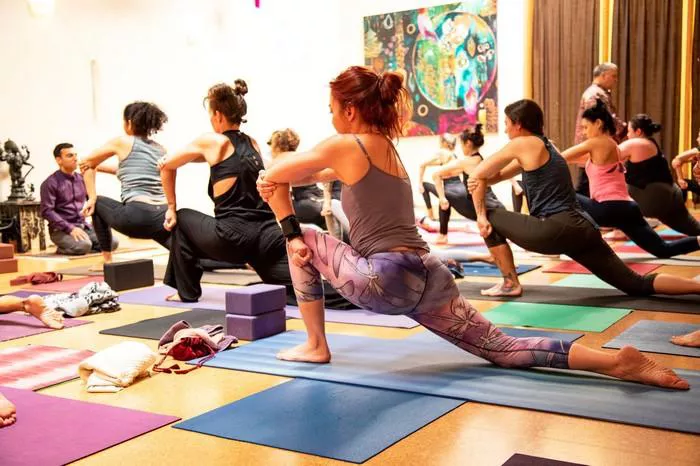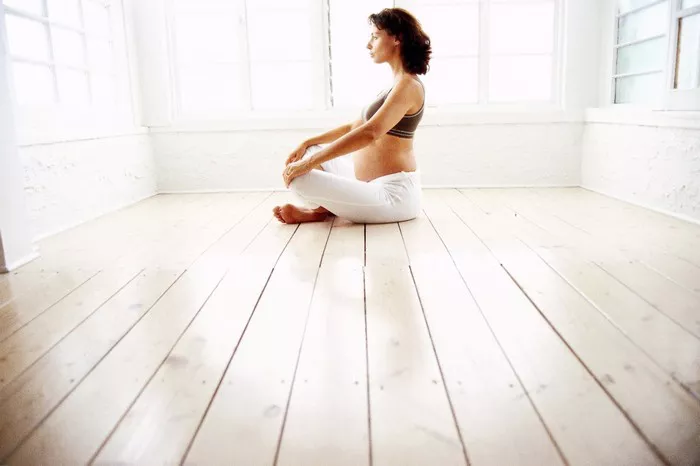In today’s fast-paced world, finding time to unwind and relax is essential for maintaining overall well-being. Gentle yoga, a form of yoga that focuses on slow, mindful movements and breath control, offers a perfect solution for those looking to reduce stress, improve flexibility, and enhance their overall health. This article explores the numerous benefits of gentle yoga, providing insights into why it is an ideal practice for people of all ages and fitness levels.
What is Gentle Yoga?
Gentle yoga is a practice that emphasizes slow, deliberate movements, deep breathing, and relaxation. Unlike more vigorous forms of yoga such as Vinyasa or Power Yoga, gentle yoga prioritizes ease and comfort, making it accessible to everyone, including beginners, seniors, and those with physical limitations or chronic conditions. Common styles of gentle yoga include Hatha, Restorative, Yin, and Chair Yoga, each offering unique benefits while adhering to the principles of gentle movement and mindfulness.
Physical Benefits of Gentle Yoga
1. Improved Flexibility
One of the most significant physical benefits of gentle yoga is increased flexibility. Through slow and controlled movements, gentle yoga helps to lengthen and stretch muscles, gradually improving range of motion. This can be particularly beneficial for individuals who spend long hours sitting or have limited mobility.
2. Enhanced Strength
Despite its slower pace, gentle yoga can help build strength. Many poses require holding body weight in various positions, which engages and strengthens muscles. Over time, this can lead to improved muscle tone and increased overall strength.
3. Better Balance and Coordination
Gentle yoga poses often include balance-focused postures that enhance proprioception—the body’s ability to sense its position in space. Improved balance and coordination can reduce the risk of falls, particularly in older adults, and contribute to better overall physical stability.
See Also: 9 Basic Vinyasa Yoga Poses That You Can Practice
4. Pain Relief
For individuals dealing with chronic pain conditions such as arthritis or back pain, gentle yoga can be a powerful tool for pain management. The gentle stretching and strengthening exercises help to alleviate tension, improve joint mobility, and reduce inflammation, leading to decreased pain levels.
5. Cardiovascular Health
While gentle yoga is not as intense as cardiovascular exercises like running or cycling, it can still benefit heart health. The practice promotes better circulation, reduces blood pressure, and enhances overall cardiovascular function. Additionally, the stress-reducing effects of gentle yoga can indirectly support heart health by lowering cortisol levels.
Mental and Emotional Benefits
1. Stress Reduction
One of the most well-known benefits of gentle yoga is its ability to reduce stress. The combination of deep breathing, mindfulness, and gentle movement helps to activate the parasympathetic nervous system, promoting a state of relaxation and calm. This can be particularly helpful for individuals dealing with high levels of stress or anxiety.
2. Improved Mental Clarity
Gentle yoga encourages mindfulness and present-moment awareness, which can lead to improved mental clarity and focus. By concentrating on the breath and body, practitioners can quiet the mind and reduce mental chatter, enhancing cognitive function and decision-making.
3. Emotional Balance
The practice of gentle yoga fosters a sense of emotional balance and well-being. The meditative aspects of yoga help to regulate emotions, reduce feelings of depression and anxiety, and promote a more positive outlook on life. This emotional resilience can be particularly beneficial during challenging times.
4. Better Sleep
For those struggling with insomnia or poor sleep quality, gentle yoga can be a game-changer. The relaxation techniques and mindful breathing practiced in gentle yoga help to calm the nervous system and prepare the body for restful sleep. Regular practice can lead to improved sleep patterns and better overall sleep quality.
Spiritual Benefits
1. Enhanced Mind-Body Connection
Gentle yoga emphasizes the connection between the mind and body. Through mindful movement and breath awareness, practitioners develop a deeper understanding and appreciation of their bodies. This enhanced mind-body connection can lead to greater self-awareness and a more profound sense of inner peace.
2. Increased Mindfulness
The practice of gentle yoga inherently promotes mindfulness—the ability to stay present and fully engage in the current moment. This mindfulness can extend beyond the yoga mat, influencing other areas of life and promoting a more mindful, intentional way of living.
3. Spiritual Growth
For many, yoga is more than just a physical exercise; it is a spiritual journey. Gentle yoga provides a space for introspection and self-discovery, allowing practitioners to explore their inner selves and cultivate a deeper sense of spirituality. This can lead to a more meaningful and fulfilling life.
Practical Applications of Gentle Yoga
1. Workplace Wellness
Gentle yoga can be an excellent addition to workplace wellness programs. The practice can be easily adapted to a variety of settings, including office spaces, and can be performed during breaks to reduce stress, improve focus, and boost productivity.
2. Rehabilitation and Recovery
For individuals recovering from surgery, illness, or injury, gentle yoga can play a crucial role in rehabilitation. The gentle movements help to restore strength and flexibility without putting undue strain on the body, facilitating a smoother and more effective recovery process.
3. Support for Chronic Conditions
Gentle yoga is particularly beneficial for individuals with chronic health conditions such as arthritis, fibromyalgia, and multiple sclerosis. The practice can help manage symptoms, improve physical function, and enhance overall quality of life. Additionally, the stress-reducing effects of gentle yoga can support mental and emotional well-being for those dealing with chronic illness.
4. Prenatal and Postnatal Care
Gentle yoga is a safe and effective form of exercise for pregnant women and new mothers. Prenatal yoga can help alleviate pregnancy-related discomforts, prepare the body for labor, and promote relaxation. Postnatal yoga aids in postpartum recovery, strengthens the body, and provides a supportive environment for new mothers.
Getting Started with Gentle Yoga
1. Finding the Right Class
When starting a gentle yoga practice, it is essential to find the right class and instructor. Look for classes specifically labeled as “gentle,” “restorative,” or “beginner-friendly.” An experienced instructor who understands your needs and limitations can provide appropriate modifications and guidance.
2. Setting Realistic Goals
Set realistic goals for your practice, focusing on consistency and gradual progress rather than immediate results. Remember that yoga is a journey, and the benefits will unfold over time with regular practice.
3. Listening to Your Body
One of the key principles of gentle yoga is listening to your body. Pay attention to how your body feels during each pose, and make adjustments as needed. Avoid pushing yourself too hard or forcing movements that cause pain or discomfort.
4. Incorporating Mindfulness
Incorporate mindfulness into your practice by focusing on your breath and being present in each moment. This mindfulness will enhance the physical, mental, and emotional benefits of gentle yoga, creating a more holistic and rewarding experience.
Conclusion
Gentle yoga offers a wide range of benefits for the body, mind, and spirit. From improved flexibility and strength to reduced stress and enhanced emotional well-being, the practice can positively impact various aspects of life. Whether you are a beginner, dealing with a chronic condition, or simply looking for a way to relax and rejuvenate, gentle yoga provides a safe, accessible, and effective path to better health and well-being. Embrace the gentle approach and discover the transformative power of this mindful practice.
Related topics:



